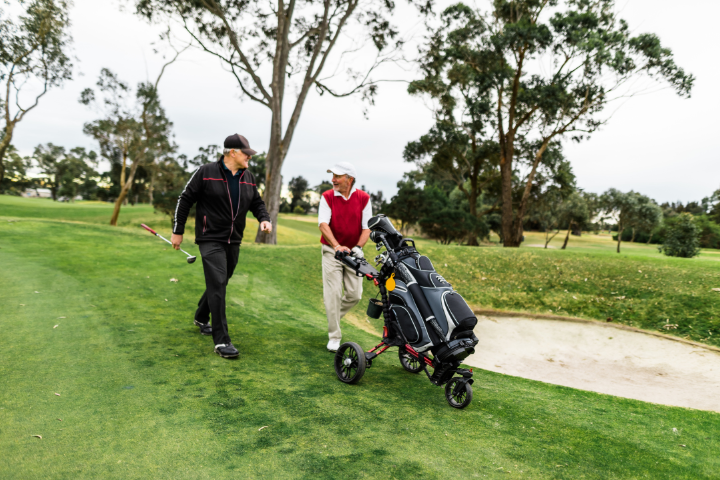Are you making the most of the 2022 Superannuation Changes? Contributing after 67
If you are considering boosting your superannuation savings it's important to keep in mind the guidelines around concessional (before-tax) and non-concessional (after-tax) contributions that you are eligible to make. This is particularly crucial for individuals aged between 67 and 75, as there have been recent changes in this area.
After-tax contributions
The work test, which determines eligibility for making contributions between the ages of 67 and 75, has undergone a significant alteration as of July 1, 2022.
Individuals within this age bracket can now make non-concessional (after-tax) contributions, provided their super balance remains below $1.9 million. It's important to understand that the work test does not apply for after-tax contributions but contribution caps do still apply. The after-tax contribution cap remains at $110,000 per financial year.
To claim a tax deduction for voluntary contributions between ages 67 and 75, you need to fulfill the work test requirement. This involves demonstrating at least 40 hours of gainful employment during any 30-day period within a financial year. The distribution of these hours is flexible. For instance, you could work 5 hours every Tuesday and Wednesday for four consecutive weeks, as long as this is completed before June 30.
Contribution caps continue to be relevant for voluntary super contributions beyond age 67. These caps dictate the maximum amounts you can contribute while still enjoying tax concessions. For the 2022/23 period, the caps are as follows:
Before-tax contributions cap: $27,500
After-tax contributions cap: $110,000
Meeting the work test criteria not only allows you to make personal contributions but also opens up opportunities for government super co-contributions and voluntary contributions to your spouse's superannuation. While being over 67 doesn't preclude you from these options, it's imperative to satisfy the work test first.
It's worth noting that the former work test exemption, which was applicable to certain 65- and 66-year-olds, is no longer in effect. Since the start age for the work test was raised to 67 in July 2020, the exemption has become obsolete. As a result, the work test is no longer applicable to individuals aged 65 and 66, rendering the exemption null and void.
Example:
Ryan, who turned 67 in June 2022, and Bianca, who will be 67 in August 2022, are both retired and have amassed $1,000,000 each in their superannuation accounts. They inherited $500,000 from Bianca’s late aunt, and they intend to contribute it to their super due to their moderate assessable income from commercial investment properties.
Even though they both fall under the total super balance threshold of $1,700,000, the previous requirement for meeting the work test to make voluntary contributions before July 1, 2022, would have limited their eligibility. However, this work test requirement has been eliminated for individuals under 75 years of age.
With these new rules in place, in the 2022-23 financial year, both Ryan and Bianca can take advantage of the bring-forward non-concessional contribution opportunity, allowing each of them to contribute up to $330,000.
This presents a substantial increase in contribution possibilities. They went from not being eligible to contribute for the 2022-23 financial year (with Bianca’s contribution cut-off being just before her 67th birthday) to now both being eligible to contribute and potentially contribute up to $330,000 each.
This new opportunity enables Ryan and Bianca to utilise the entire $500,000 inheritance, as they can each contribute up to $330,000. Additionally, senior Australians like them might qualify for the seniors and pensioners tax offset (SAPTO), which can reduce their tax liability through a non-refundable tax offset. This could enable them to keep a larger portion of their investments in their own names before incurring tax on investment income.
While contributing the inheritance to a tax-free environment within super through the aforementioned strategy is a viable option, especially when they've maximised their transfer balance cap in retirement phase, there might be certain situations where investing outside of super in their own names could be more advantageous. This could be particularly relevant when factoring in the concessional tax rates of superannuation and considering SAPTO benefits.
If you would like to understand how these changes to the work test eligibility criteria may have impacted your ability to make additional contributions, contact your adviser.


